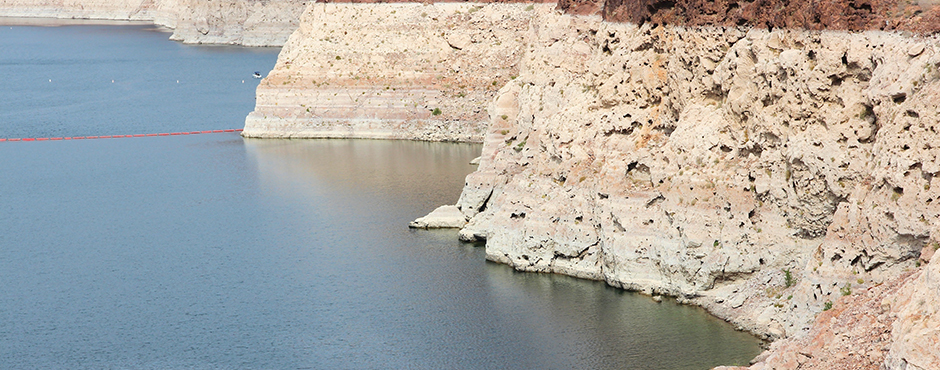
It’s possible that from time to time your water may be safe to drink, but is discolored for some reason. Below are some frequently asked questions about how you can handle water discoloration in your home. If you are having issues with water discoloration, we recommend that you contact your water provider to make sure it’s not a serious issue.
Naturally occurring minerals (primarily iron and manganese) flowing with the water are typically to blame for water discoloration. These minerals, which are heavier than water, settle in water pipelines when water usage is low — especially during winter months. When the water flow and pressure through the water pipes increases again (due to irrigation, construction, etc.) the minerals are stirred up and flow out of your faucets when you turn on the tap. Water utilities frequently attempt to minimize water discoloration by “flushing out” their systems on a regular basis.
If discoloration occurs, run the COLD water at one faucet for about 5 minutes, and you should see the water clear. (Running the hot water pulls from the water heater, which could make the problem worse.) If the water fails to clear after 5 minutes, wait for a few hours and again try running only the cold water. If the water is still discolored, contact your water supplier, who will look at the issue more closely. Even if you are in an apartment or don’t pay your water bill directly, it’s important to notify the water utility of any potential problem.
As long as the discoloration is due to minerals such as iron and manganese, it remains safe to drink. It does look bad, however, and not wanting to drink it is perfectly understandable. It is possible, though, that the discoloration is a symptom of another issue, which is why it is important to contact your water utility if running cold water for 5 minutes doesn’t resolve the issue.
It's not recommended that you use discolored water to do laundry. The discolored water could stain any clothing, but whites are especially susceptible.